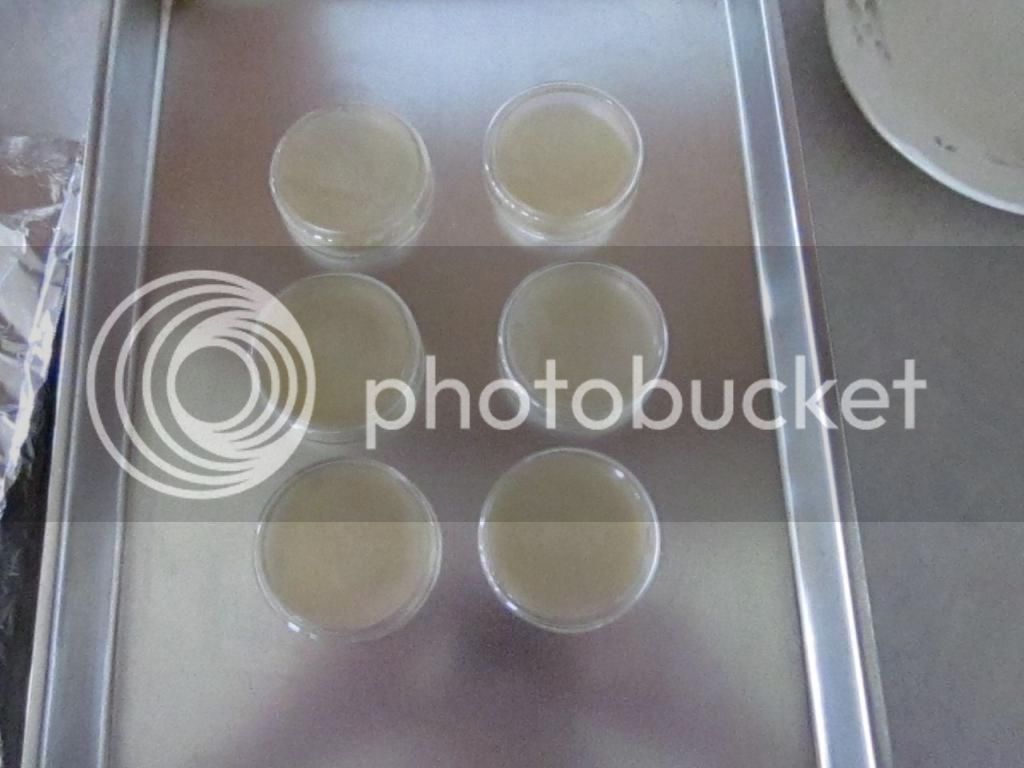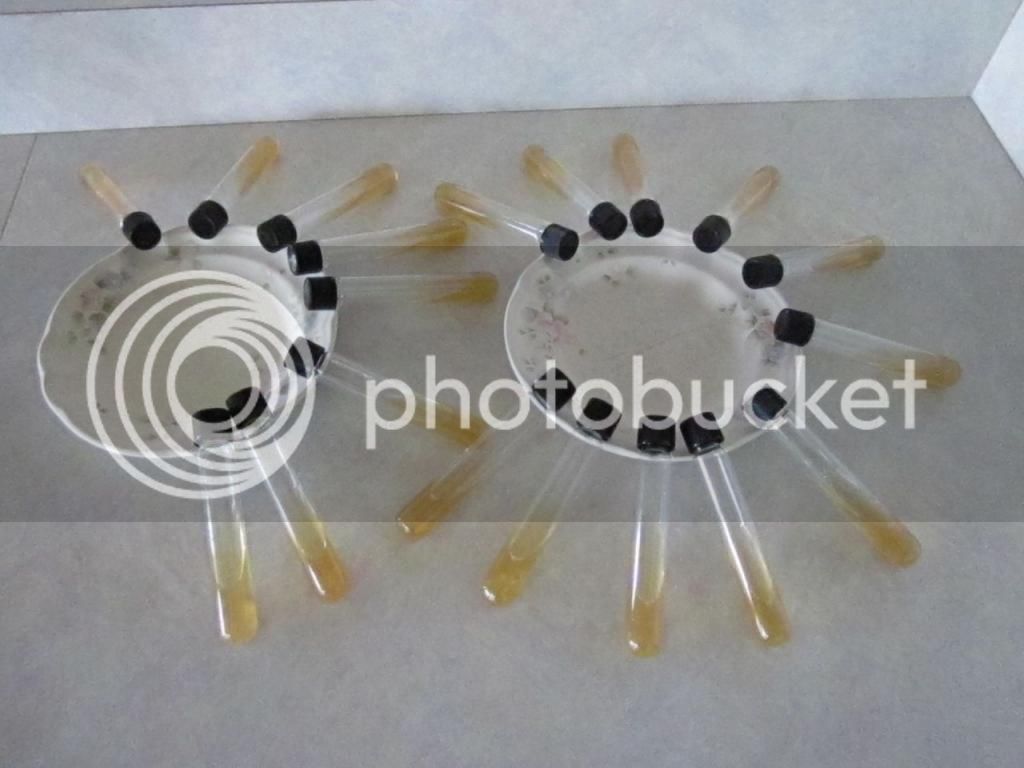So my first batch of slants, I did 20 minutes of pressure cooking, cooled, then slanted. I innoculated all but 2...and left the 2 in the cubboard. Went to inocculate the last 2 and one had this huge nasty growth in it. (Like a sooty fungus.) Cleaned and tossed that one.
Made a 2nd batch of 12 a week ago and left them in a container on top of the fridge. (These are sealed in vials with screw on lids. ) Today I checked on them, and 2 of the 12 have a white spot of what looks like soon to be hairy mold growing.
I thought pressure cooking for 20 minutes was long enough to kill off all bacteria? How am I ending up with stuff growing in my agar slants? And now I am a little concerned about my first slants that I did a day after making them. What if they have that spore in them, but by putting them in the fridge I am inhibiting growth, but not eliminating the possibility of minute bacteria being in them...
Ugh.
Made a 2nd batch of 12 a week ago and left them in a container on top of the fridge. (These are sealed in vials with screw on lids. ) Today I checked on them, and 2 of the 12 have a white spot of what looks like soon to be hairy mold growing.
I thought pressure cooking for 20 minutes was long enough to kill off all bacteria? How am I ending up with stuff growing in my agar slants? And now I am a little concerned about my first slants that I did a day after making them. What if they have that spore in them, but by putting them in the fridge I am inhibiting growth, but not eliminating the possibility of minute bacteria being in them...
Ugh.




